Farmer’s Guide to Trucking Regulations available to Ohio Farm Bureau members
The guide includes a farm driver checklist, overview of state and federal regulations and exemptions, CDL qualifications and more.
Read More
When it rains or when snow melts, there are no boundaries — the water flows wherever it wants. Managing stormwater flooding and drainage discharges can be challenging and expensive for communities. In order to mitigate these problems, some of Ohio’s communities charge residents and businesses a stormwater fee in order to develop management programs, including the creation of stormwater utilities.
These stormwater management programs help municipalities be in compliance with the federal Clean Water Act. Stormwater can cause debris, chemicals and soil to enter water bodies, polluting the state’s water. Ohio has at least 109 stormwater utilities and the fees vary widely from community to community, according to a 2019 Western Kentucky University survey. Ohio’s median monthly stormwater fees are $3.50, the lowest of surrounding states.
Many communities determine the fee structure based on the amount of impervious surfaces such as roofs, streets and parking lots. That’s because these surfaces create the most stormwater runoff. In some communities, agricultural properties are categorized as nonresidential, meaning they’re charged based on actual impervious surface area but often can reduce that charge through conservation efforts that reduce the amount of stormwater runoff. Those who are categorized as residential usually are charged a flat rate based on the average impervious surface area for residents.
Recently, Summit County Farm Bureau successfully argued that agricultural properties shouldn’t be charged the same as commercial and industrial sites because farmland can absorb stormwater. As a result, the Summit County Engineer’s Office’s Surface Water Management District switched from charging agricultural properties $4 a month per 3,000 square feet of impervious area to a flat rate of $4 a month, regardless of the amount of impervious area. And if an agricultural property doesn’t have any impervious surfaces, it’s now considered undeveloped and not charged a stormwater fee.
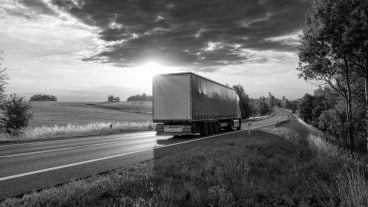

The guide includes a farm driver checklist, overview of state and federal regulations and exemptions, CDL qualifications and more.
Read More
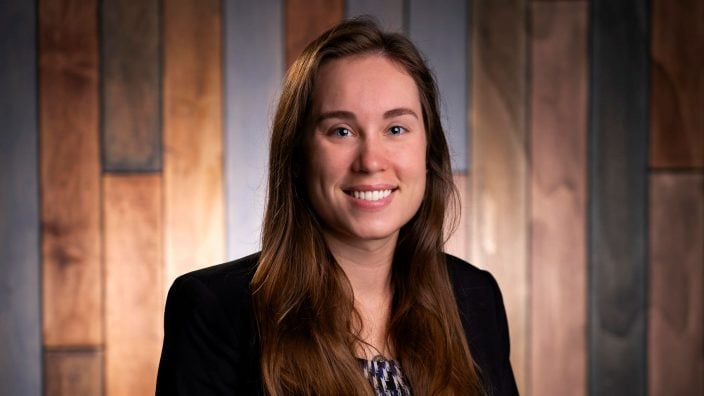
Katie Share of Columbus has been named ExploreAg and Youth Development Specialist for Ohio Farm Bureau.
Read More
Mary Klopfenstein of Delphos has been named Young Ag Professional and Ag Literacy Program Specialist for Ohio Farm Bureau.
Read More
The plan has been updated to give sole proprietors access to more rate stability and a smart solution that offers potential savings on health care.
Read More

The American Farm Bureau Federation, in partnership with Farm Credit, is seeking entrepreneurs to apply online by June 15 for the 2025 Farm Bureau Ag Innovation Challenge.
Read More
Adele Flynn of Wellington has been elected treasurer of the Ohio Farm Bureau Federation and now holds the third highest elected office in Ohio’s largest and most influential farm organization.
Read More
Producers are urged to work with their veterinarian to practice enhanced biosecurity measures and review and limit cattle movements within production systems.
Read More
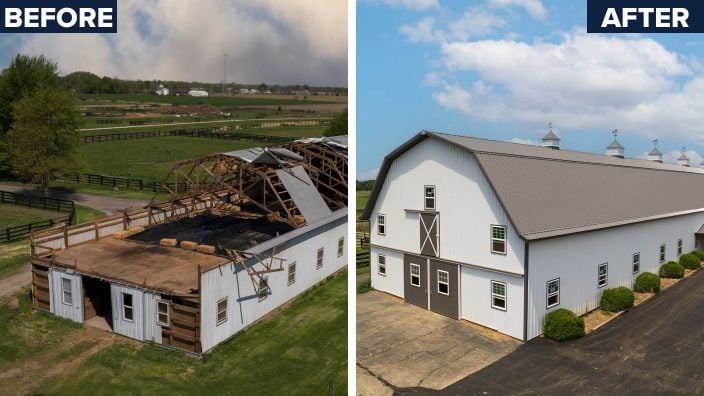
The changing seasons bring with them the need to thoroughly inspect pole barns for any damages that may have occurred during the winter months.
Read More
Hundreds of Ohio businesses and sole proprietors are raving about Ohio Farm Bureau’s Health Benefits plan with lower, predictable costs and easy enrollment and administration options.
Read More
AgriPOWER Class XIV spent a few days in March in Medina and Wayne counties learning more about northern Ohio agriculture from leaders in Ohio Farm Bureau.
Read More